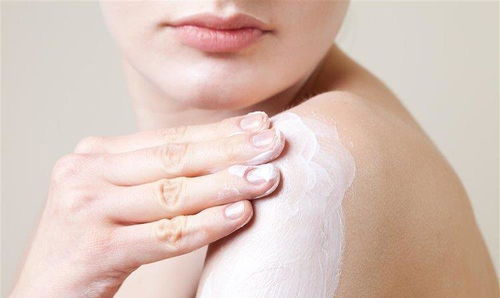It could be a benign skin condition called keratosis pilaris. However, it is always best to consult a dermatologist for a proper diagnosis and treatment plan.

Understanding Keratosis Pilaris
Causes of Keratosis Pilaris
The exact cause of keratosis pilaris is unknown, but it is believed to be related to a buildup of keratin, a protein that protects the skin from infections and other harmful substances. When there is an excess of keratin, it can block the hair follicles, leading to the formation of small bumps.
Treatment Options
While there is no cure for keratosis pilaris, there are several treatment options available to help manage the condition and improve the appearance of the skin. These include:
1. Moisturizers
Using moisturizers regularly can help soften the skin and reduce the appearance of bumps. Look for moisturizers that contain ingredients like urea, lactic acid, or salicylic acid, as these can help exfoliate the skin and promote cell turnover.
2. Topical Retinoids
Topical retinoids, such as tretinoin or adapalene, can help unclog the hair follicles and reduce inflammation. These medications are available by prescription and should be used under the guidance of a dermatologist.

3. Chemical Peels
Chemical peels can be used to exfoliate the skin and remove dead skin cells, helping to improve the texture and appearance of the skin. This procedure should be performed by a qualified dermatologist.
4. Laser Therapy
Laser therapy can be used to target and destroy the hair follicles, reducing the appearance of bumps. This treatment option may require multiple sessions and should be performed by a trained professional.
Prevention Tips
1. Gentle Cleansing
Avoid using harsh soaps or scrubs, as these can further irritate the skin. Instead, opt for gentle cleansers that are free of fragrances and other potential irritants.

2. Moisturize Regularly
3. Avoid Scratching or Picking
Resist the urge to scratch or pick at the bumps, as this can worsen the condition and lead to scarring or infection.
4. Wear Loose-Fitting Clothing
Tight clothing can rub against the skin and exacerbate the symptoms of keratosis pilaris. Opt for loose-fitting clothing made from breathable fabrics.